Is the network card on the motherboard and an introduction to methods for restoring disabled computer networks
Jul. 09, 2025 / Updated by Seraphina to Windows 10
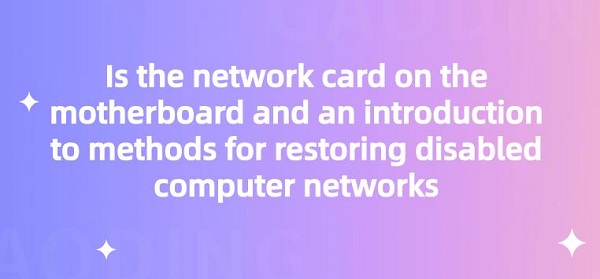
Network Card, also known as a Network Interface Card (NIC), is one of the crucial devices for computer networking. As an integral part of a computer, the network card serves as a bridge between the computer and the network, allowing data transmission, reception, and processing over the network. It facilitates data transfer and communication between the computer and the network, directly impacting the quality and speed of the connection.
Contents:
4. Computer Network Disabled Recovery Methods Introduction
In most desktop computers, the network card is typically situated on a PCIe slot on the motherboard, usually at the back of the computer case, adjacent to the USB ports.
Network Interface Controller (NIC): The core component responsible for processing network data transmission and reception. It connects to the computer's motherboard and is controlled by the operating system's drivers.
Interface: The network card typically has one or more interfaces for connecting the computer to the network, such as Ethernet, Wi-Fi, or Bluetooth.
Physical Connectors: Ports or slots on the network card used to connect network cables or antennas, varying based on the interface type.
Antennas: Used for wireless network cards to transmit and receive wireless signals.
Drivers: Software that controls the network card's functions and communication, usually provided by the network card manufacturer and installed on the computer.
Data Transmission: Converts computer data into a format suitable for transmission over the network and sends it to the target device on the network.
Data Reception: Receives data from the network and transfers it into the computer for processing or storage.
Network Connection Management: Manages connections between the computer and the network, including establishment, maintenance, and termination.
Network Address Allocation: Manages the computer's network address during network communication to ensure accurate data transmission.
Packet Handling: Processes network data packets, including analyzing packet headers and extracting payloads to ensure correct transmission and processing.
Network Security: Advanced network cards may include security features such as data encryption, firewall, and intrusion detection to protect against malicious attacks.
The network card for a computer, also called a Network Interface Card (NIC) or Ethernet adapter, is a hardware component that enables a computer to connect to a network. It is typically installed inside the computer case and connected to the motherboard via PCI or PCIe slots. The network card facilitates communication between the computer and other devices on the network, enabling functions such as accessing the Internet, sharing files, printing to network printers, and communicating with other devices on the same network.
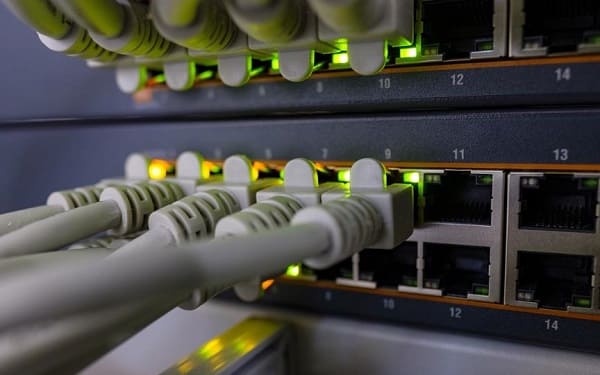
3. Intel Network Card Drivers:
1). Components:
Driver Files: Software components for communication between the operating system and the network card, managing the card's functions.
Control Panel Tools: Visual tools for configuring network card parameters and setting up network connections.
Documentation and Help Files: Provide guidance on installing, configuring, and using network card drivers.
2). Types:
Universal Drivers: Suitable for multiple models and series of Intel network cards, providing basic functionality and compatibility.
Specific Model Drivers: Optimized and customized for specific models or series of Intel network cards, offering higher performance and features.
Operating System-Compatible Drivers: Tailored for different operating systems (such as Windows, Linux, macOS), ensuring compatibility and stability.
3). Functions:
Communication with the Operating System: Acts as a bridge between the operating system and the network card, ensuring proper communication and interaction.
Control and Management of Network Card Functions: Allows users to configure and manage various functions of the network card, such as speed, duplex mode, wake settings, etc.
Support for Network Connections: Ensures the network card can connect to the network and achieve data transmission, including both wired and wireless connections.
Optimization of Performance and Stability: By controlling and optimizing the network card hardware, drivers can improve the performance and stability of network connections, ensuring reliable and efficient data transmission.
4. Computer Network Disabled Recovery Methods Introduction:
1). Check Network Service Status:
Press Win+R keys, type services.msc, and open the service list.
Ensure that network-related services such as "DHCP Client", "DNS Client", "Network Connections", etc., are started and set to automatic.
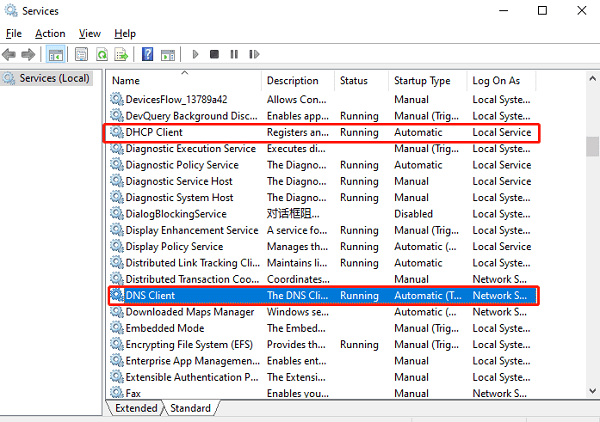
2). Enable Network Adapter:
①. Enable Network Adapter via Device Manager:
Right-click on the "This PC" icon on the Windows desktop and select "Manage".
In the Computer Management window that opens, select "Device Manager".
Expand the "Network adapters" list and locate the disabled network device.
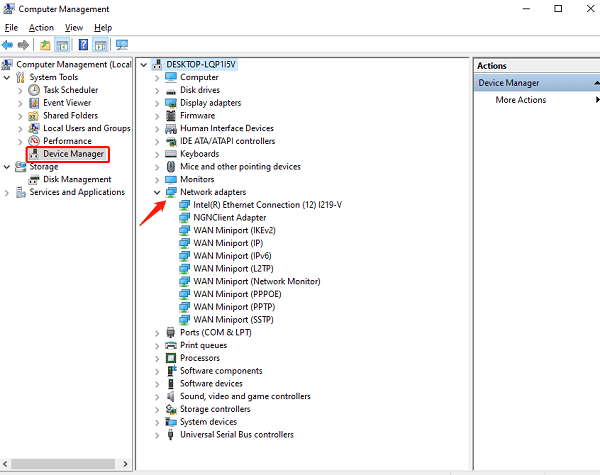
Right-click on the device and select "Enable device".
②. Enable Network Connection via Network and Sharing Center:
Right-click on the network icon in the taskbar's bottom-right corner and select "Network and Sharing Center".
In the left menu, select "Change adapter settings".
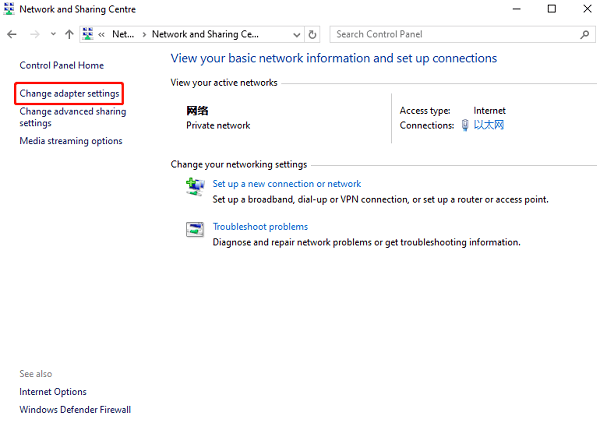
Locate the disabled network connection, right-click on it, and select "Enable".
③. Use Network Troubleshooter:
Type "Find and fix network problems" in the search bar and open it.
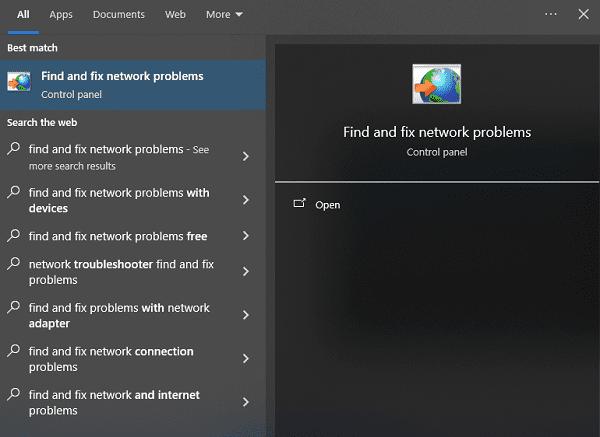
Follow the prompts to allow Windows to automatically diagnose and repair network issues.
3). Restart Network Services:
Sometimes, restarting network services can resolve issues. You can do this by following these steps:
Open Command Prompt (run as administrator).
Enter the following command and press Enter: "netsh winsock reset".
Restart your computer and check if the network has returned to normal.
4). Update Network Card Drivers:
Ensure that your network adapter drivers are correctly installed and up-to-date. It is recommended to use "Driver Talent" to automatically detect computer hardware drivers, install and update network card drivers, and restore the computer to a point where the network connection was normal.
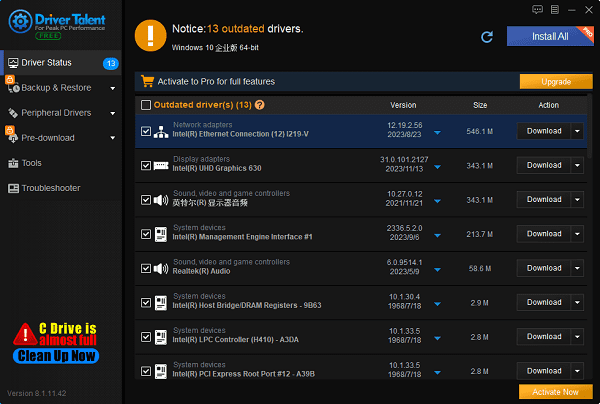
5). Check Network Settings:
Ensure that network settings are correct. Check IP addresses, subnet masks, default gateways, and other network settings.
6). Disable Security Software:
Sometimes, security software (such as firewall, antivirus) may block network connections. Try disabling security software and reconnecting to the network to see if it resolves the issue.
7). Use Network Troubleshooting Tools:
Operating systems usually provide network troubleshooting tools to help identify and resolve network issues. You can find and run these tools in the operating system's control panel or settings.
The above provides an introduction to the network card's location and computer network disabled recovery methods. If you encounter issues with drivers such as network cards, graphics cards, Bluetooth, sound cards, etc., you can use "Driver Talent" for detection and repair. Additionally, Driver Talent supports driver downloads, installations, backups, etc., providing flexible driver management.
See also:
Is it essential to update computer drivers
Steps to clean up a full C drive on the computer
How to Solve the Issue of Keyboard Lights Not Turning On
No Internet Connection-5 Common Solutions
How to Solve Slow Speed and High Latency on Win11 Computers

|
ExplorerMax |

|
Driver Talent for Network Card | |
| Smart and advanced file explorer tool for Windows platforms | Download & Install Network Drivers without Internet Connection | |||
| 30-day Free Trial | Free Download |







